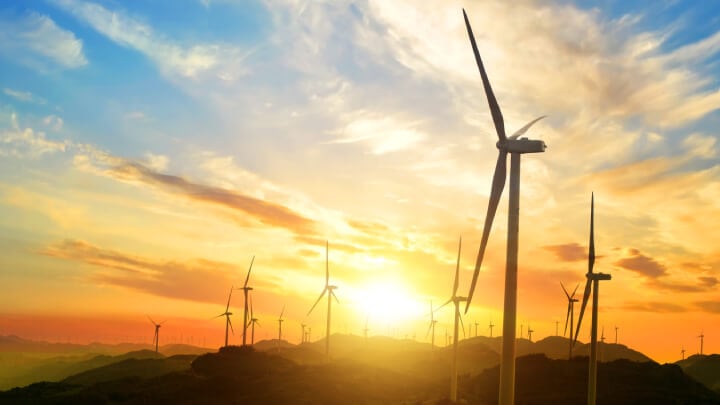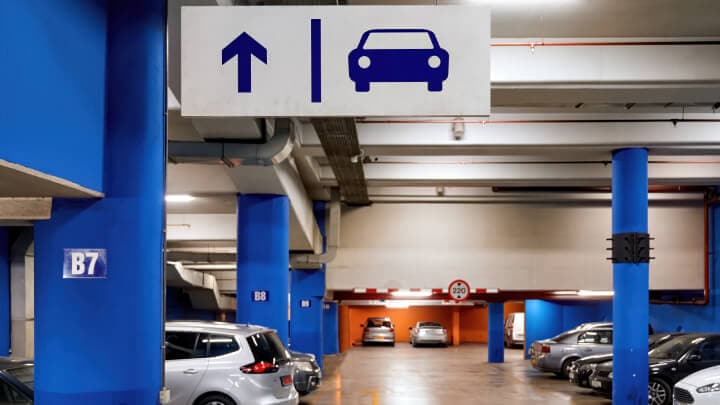How to plan smart city solutions?
Every city is unique. It has its own culture, story of origin, and way of life. The opportunities that a city provides to its residents attracts people to build a life there.
According to UN estimate, 68% of the world population would be living in its cities by 2050, as compared to just 55% in 2018. In absolute terms, urban population will increase by 2.5 billion. This would put a heavy load on the cities’ resources to provide a good quality lifestyle to its people.
The burgeoning population of cities is leading to haphazard development, which, in turn, is leading to numerous everyday problems like power shortage, waste accumulation, lack of clean drinking water, lower life quality, overburdened healthcare systems, etc. Smart cities aim to ensure sustainable development hand in hand with a better quality of life.
According to Mordor Intelligence, the smart cities market, which was valued at USD 624.81 billion in 2019 is expected to grow at a CAGR of 18.30% and reach 1712.83 billion by 2025.
What makes a Smart City?
Technically speaking, any urban area that uses interconnected devices – as in the Internet of Things (IoT) – to collect data and analyze them to manage assets and provide services efficiently is a Smart City.
However, a really Smart City focuses on solving the problems its people face rather than just connected devices and decisions based on data.
Design considerations for building smart cities
Urban planning
The most important aspect of urban planning is the ability to forecast requirements in the long run – 5, 10, or even 20 years down the line. This requires access to lots of previous data about demography, industries, job opportunities, average incomes, resource utilization, infrastructure vulnerabilities, etc.
If done correctly, the urban area can continue to flourish for years to come despite the strain on its infrastructure.
Sustainable development
While planning for a city, its ecological environment must always be taken into consideration. Measures must be taken to not disturb the ecological balance. If there are fragile ecosystems within the marked area or just outside it, they must be preserved.
Development at the cost of the environment is not sustainable. Studies have shown that and sustainable development extracts more cost in the form of disasters like freak rain and thunderstorms, flash floods, fire, etc. due to climate change.
Energy Efficiency
Modern cities must be capable of minimizing the energy use of non-renewable energy sources. Whether it is individual buildings or the urban area as a whole, the aim should be to increase the use of renewable energy resources and minimize reliance on non-renewable ones.

Additionally, energy sources should be managed through a smart grid that can help utilities in energy savings, increase reliability and transparency, and make processes more efficient.
Use of technology and innovation
Technology has penetrated every walk of life, from individual to small businesses to big corporate houses. Smart cities must use the latest innovations and technological advances to make life easier for its residents.
Mobility
One of the first casualties of the increasing population in cities is the ease of mobility. Be its traffic jams, lack of public transport, or air pollution due to the increasing number of personal vehicles, it affects the overall physical and mental well-being of its residents.
If proper planning is not done it could also spell doom for the green cover as existing roadways and airways are expanded, and new ones added.
Security
Urban security is a multi-layered approach involving crime prevention, anti-terrorist protection, and building safety. But this cannot be at the cost of community life that is the lifeline of any city.
A balance should be maintained between user-friendliness and security. And the financial cost of implementing the security measures must always be considered.
Smart City Solutions
We have discussed the essential pillars of a smart city. These pillars are capable of tackling the challenges around urban planning. Let us examine how Smart Cities can be the way forward for building cities where lives and livelihoods thrive.
Waste management
Smart waste management systems start with using sensor technology in smart bins installed in public spaces to monitor when they need to be emptied. A sustainable way of doing this can be using solar energy to power the sensors.
Many cities around the world are taking smart waste management a step ahead to segregate different types of waste and recycle/reuse them using technology.
Traffic Management
Traffic jams, congested roads, and unavailability or lack of public transport systems is clearly the topmost issue in any big city. This can be easily controlled by stalling traffic sensors at strategic locations, analyzing this data in real-time to divert traffic to less congested routes which will help in traffic management and make life easier for the commuters in the short run.
The accumulated data can also be used to determine the areas that need an expansion of the road networks in the future.
Smart Parking
Intelligent parking systems help drivers in finding vacant parking spots with the help of sensors installed for each parking space. They can also be a good way of managing traffic situations if they are programmed to send real-time alerts to drivers about available parking lots nearby.

Imagine how easy our life would be if with the click of a button we can find out the status of parking options for the place we are planning to visit.
Communication systems
Interconnected devices, be it smart sensors, cameras, personal devices, routers, or other hardware required form the backbone of any Smart City or smart urban area. This requires high-speed, robust communication infrastructure that is secure, reliable, scalable, and always available.
Infrastructure as a Service (IaaS) is fast becoming a popular and cost-effective way of setting up a Smart City network.
Surveillance
Although COVID-19 has given a different meaning to the term surveillance, governments all over the world have always used surveillance to keep their citizens safe. Smart Cities can also use surveillance to improve healthcare facilities, community security, optimize resources, and remain alert for emergency situations.
Cameras and sensors placed strategically in the urban landscape can help in gathering data that reflects the way a citizen is using city resources. Using the underlying data collected, usage of electricity, water, transport, etc. can be monitored and future needs predicted.
Disaster management
Natural disasters affect all parts of the world. In 2019 alone, there were 409 instances, with the Asia-pacific region recording the highest numbers. Urban areas face a more significant impact of disasters than rural areas because of haphazard development and higher population density. Smart cities can be a way to hedge against losses incurred by natural disasters.
Analysis of past disasters can help in planning to build resilient infrastructure. In smart cities, sensors are placed at strategic locations so that alerts for impending disaster can be issued. This will be helpful in saving lives and being better prepared to deal with them.
Smart Water Management
Third world war would be fought for water. We do not know whether Albert Einstein really said this but we do know that the world is going through a major water crisis. Smart cities manage potable water, industrial water, and wastewater by collecting data about the range of parameters like flow, pressure, distribution, source, etc. Some of these ways include sensors to monitor water levels in reservoirs, strategically placed cameras to check water wastage, sensors that analyze water components, etc.
Smart Electricity Management
Smart electricity management can help implement low carbon and cost-efficient systems that ensure economic growth as well as high quality of life without a negative impact on the environment. Electricity usage tends to fluctuate according to time of the day, location, and even weather. Collecting usage data helps in predicting consumption patterns and be prepared accordingly.
Smart City systems then use this real-time data for optimizing power demand, selecting advantageous utility prices, feeding excess power back into the grid, and managing microgrids and other electricity assets.
Intelligent city lighting systems, monitoring of electricity wastage using sensors and cameras, optimized consumption, and integrated solar and wind energy into a local microgrid are some of the ways in which smart cities can manage their electricity requirements.
Changed scenario in post COVID-19 world
WHO has been instrumental in ensuring that lessons learnt from one region affected by the pandemic are shared globally so that the same mistakes are not repeated. It has also released guidelines for the preparedness of urban areas in managing future emergencies. It makes sense to consider these recommendations when preparing a plan for smart cities. Some of these guidelines are:
- Identification of support systems for the smooth functioning of urban life, like supply chains, cross-sectoral workforce, local Institutions, community leaders and groups, and professional associations.
- Preparing a list of potential hotspots in case of medical emergencies and infrastructure vulnerabilities.
- Having a ready list of local assets and facilities that can support the continuation of essential services.
- Establishing two-way communication with local and higher authorities as well as citizens.
- Developing points of entry that can be monitored and if required closed in case of emergencies. The plan should include how these points of entry would be used to deliver Medical and other essential humanitarian supplies.
- Developing measures to manage urban-rural movement and vice versa, which will be e the first point of response in case of communicable diseases.
- Documentation of actions taken, lessons learnt and experiences, and shared with other urban areas.
- Public perception, knowledge, and attitudes must be monitored and analyzed through surveys. Information gaps must be plugged and misinformation corrected.
- Identifying vulnerable sub-populations like urban poor, homeless, informal settlements, older persons, people with underlying medical conditions, socially marginalized groups, etc.
Source: techaheadcorp






